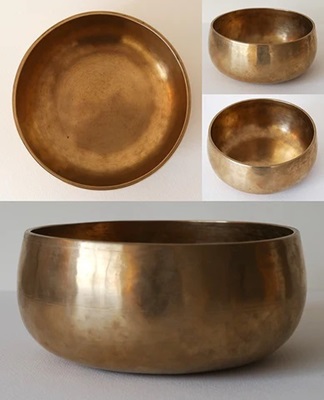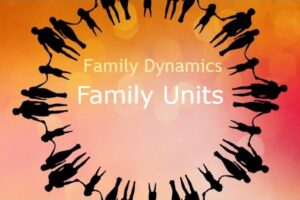Remuna Singing Bowl is one of the 10 Types of Singing Bowls. Remuna singing bowls are prized for their unique shape and pleasing timbre, characteristics that set them apart from other types of singing bowls. While they share some similarities with Thadobati bowls, such as their overall shape and sound quality, there are distinct differences that contribute to their unique identity. One of the primary distinctions lies in the design of their walls; Remuna bowls feature inward-sloping walls, whereas Thadobati bowls are characterized by their straight walls. This subtle variation in wall structure can influence both the aesthetic and the acoustic properties of the bowls.

Another notable difference between Remuna and Thadobati bowls is their thickness. Remuna bowls are generally thinner than their Thadobati counterparts. This difference in thickness not only affects the weight and handling of the bowls but also plays a role in the sound they produce. The thinner walls of the Remuna bowls contribute to a lighter, more resonant tone, making them a favorite among practitioners who seek a more delicate and nuanced sound in their meditative practices.
The shape of the Remuna bowl is also distinctive, with a flat bottom and walls that curve away from the base up to a point below the middle, before gradually curving back towards the rim. This design aids in the distribution of sound waves, creating a harmonious and balanced tone that can enhance the meditative experience. The combination of their unique shape, thinner construction, and the specific curvature of their walls make Remuna singing bowls a cherished tool for those who value both acoustic quality and aesthetic beauty in their meditation and sound healing practices.



